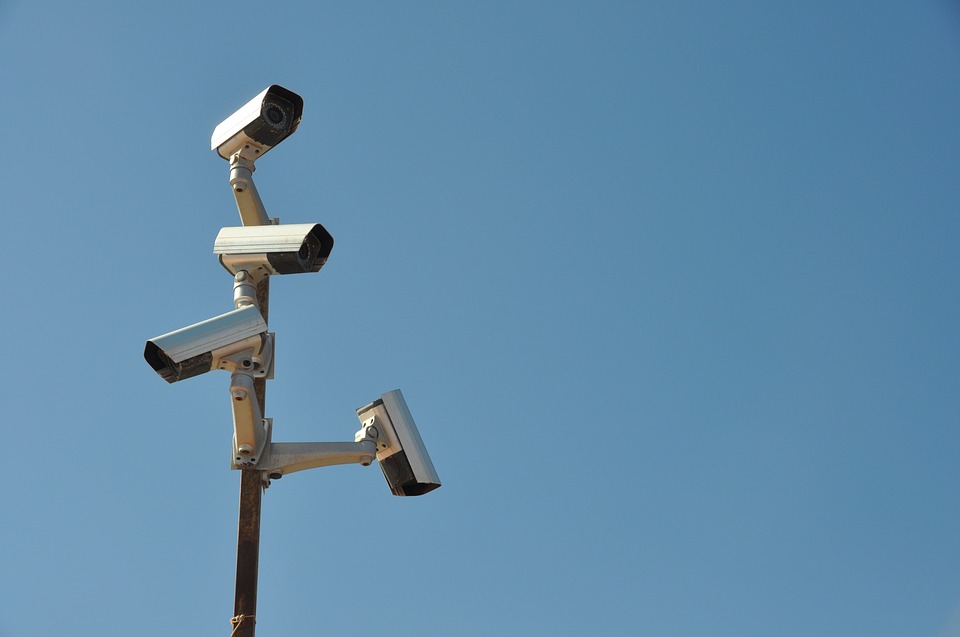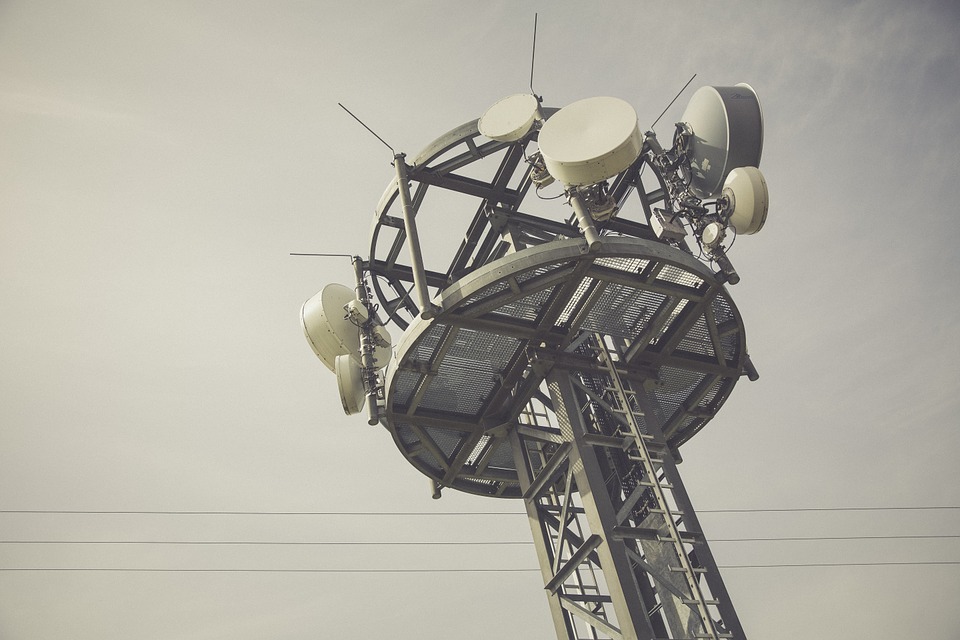The line of privacy is blurrier now that company devices are sitting within the privacy of millions of workers’ homes. It surprises most people working from home to learn that their boss is monitoring them even though most have long forgotten any detail inside of an employee handbook and agreement we may have signed at some point.

The term “in the privacy of your own home” does not apply to any company-issued technology that may be sharing your home right now. That includes a company laptop, tablet and phone. And as more and more people are working from home as a result of hunkering down for the Coronavirus, employers are exercising their right to monitor company-provisioned devices even when they reside with you inside your own home.
Why there’s an uptick in employers installing surveillance software on worker devices
There is a risk to over-surveillance of employees, but if you ask an employer why they want to monitor employees at this moment, their response may sound reasonable. I cannot tell when someone is working. I want to know that people are not slacking off. I need to know who is putting in the hours and earning what I am paying them for. For that reason, employers use OKRs or a similar performance management software that can see if an employee is achieving the goals you set for them.
However many employers skip this and go straight to surveillance software which tracks everything the employee does, right down to words they type and the links they click. Taking micromanagement and surveillance to a whole new level.

All those concerns are real and at the same time, I urge employers to look at an even bigger picture to determine how you plan to retain super talented labor when you are treating them like an object who needs to be tracked every few minutes.
These surveillance tools track a lot more than you ever imagined
That’s what many of the software tracking tools do for employers. They can tell when you logged on, when and for how long you read and replied to email, what you said in social media, how long you looked away during a video conference call when a file was shared. It’s downright scary how much access some employers have over your work life at home.

More than half of the leading corporations use remote surveillance software in one way or another pre-Covid. Many of the leading tracking software tools like ActivTrak, Hubstaff and Teramind have seen an uptick in interest since the Coronavirus epidemic.
Zoom admits your boss can see if you are paying attention to a shared screen while hosting a video call
Popular video calling apps like Zoom can also tattle to your boss. Zoom allows a video meeting host to see if participants are paying attention to a shared screen during a conference call. Look away or leave view for more than 30 seconds can tell your boss that you were not paying attention to them.
What employers can monitor in some of the most common surveillance software tools
– Record screenshots
– Scan emails, social media posts
– Monitor keystrokes to see what you are typing, how often and for how long
– Then can even use your camera to see if you are paying attention
How to Find Out if There is Tracking Software on Your Computer
1) Scan using an anti-spyware program. I use the top pick TotalAV (Limited time deal: $19 your first year (80% off). More: Best Antivirus Protection found here.
2) Review Installed Programs on your computer looking for obvious tracking program names that include “VNC” in the names. VNC stands for Virtual Network Computing software or Remote Control Software.
3) Look for unfamiliar taskbar icons
4) Check Processes Running on your computer. Press Cntrl-Shift-Esc to open task manager, then click on processes tab. Look for names other than local services, network services, or system, and then search for any name unfamiliar to see if it’s tracking software.




1 comment
This is great information. Thanks for sharing your knowledge